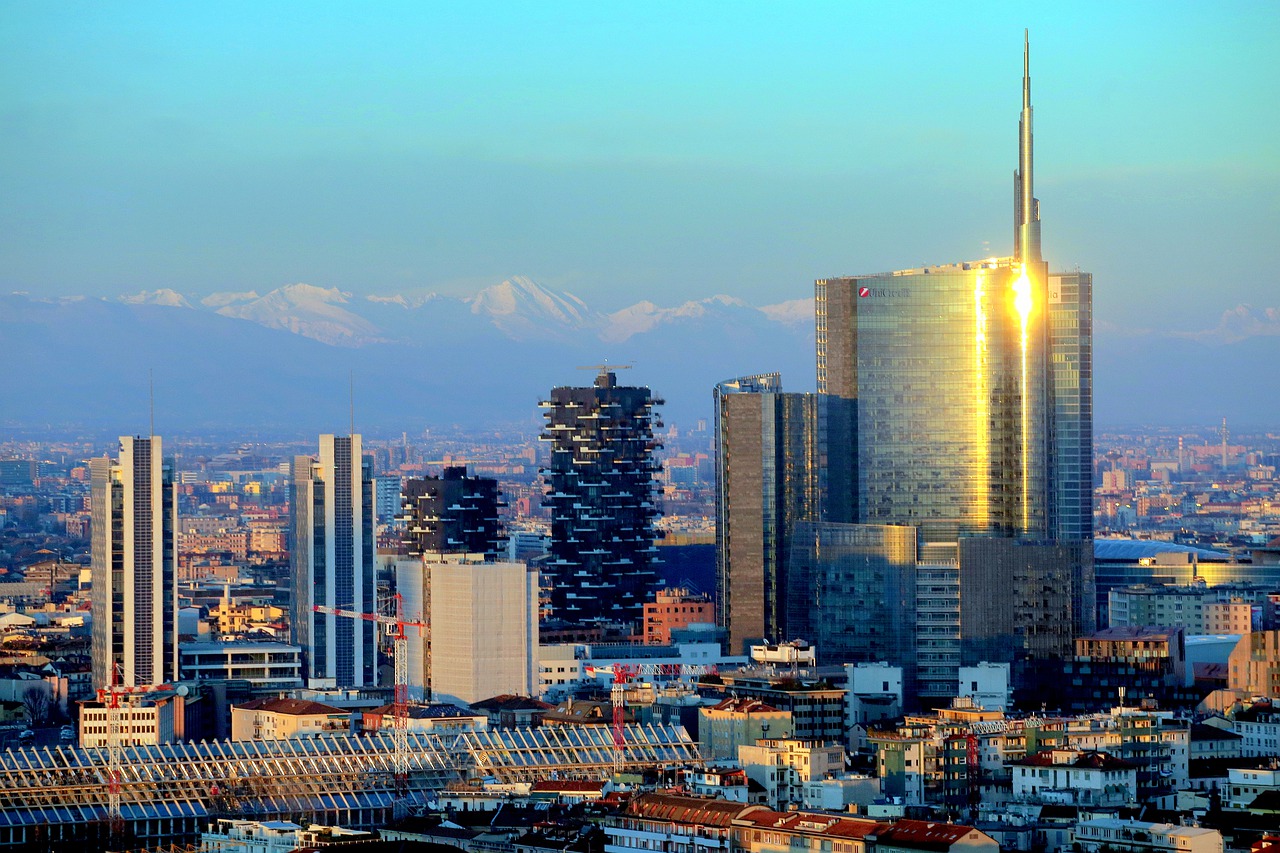UniCredit is a bank with a long history.
In fact, its roots go back to the beginnings of banking in Italy and Europe. Rolo Banca, one of the former institutions that now make up the UniCredit group, can trace its origin to the Mount of Piety of Bologna which was founded in 1473.
This was an institutional pawnbroker with Catholic roots that would provide loans to poor people at reasonable rates, using capital gifted to the institution from charitable donors.
Borrowers would often secure their loans by offering their valuables as collateral, making the Mount of Piety as much a precursor of pawnbrokers as it was banks.
19th Century beginnings and 20th-century public ownership
Although the roots of some of the banks that subsequently joined the group are considerably more venerable, UniCredit Group itself was officially founded in 1870 when Banca di Genova opened for business.
In 1895, Banca di Genova was renamed Credito Italiano and in 1907 its headquarters moved from Genoa to Milan.
In 1937, Credito Italiano was nationalised by the Italian Institute for Industrial Reconstruction and in 1993 it was the first bank to be re-privatised.
Mergers and growth
UniCredit Group came into being in 1998 as the result of a merger of several Italian banking groups with Unicredito and Credito Italiano at its heart.
Other banks that came together to form the new group include Banca dell’Umbria, Cassa di Risparmio di Carpi, Cassa di Risparmio di Trento e Rovereto (Caritro), Cassa di Risparmio di Trieste.
In 1999, the new UniCredito Italiano began to expand into the emerging Eastern European market starting with the acquisition of Bank Pekao in Poland.
At the turn of the century, UniCredit continued to grow, develop and streamline with its S3 project seeing the merger of seven of their bank network.
In 2005, UniCredit entered into new territories as its European footprint began to grow following the merger with German group HypoVereinsbank (HVB), itself the result of a merger of two Bavarian banks.
Throughout the noughties, UniCredit continued to develop with sales and acquisitions as it continued to expand into Eastern European markets.
UniCredit today
In 2017, the registered office and general management moved to Milan after spending 10 years in Rome following the merger with Capitalia in 2007.
As well as saving nearly €25m in annual costs, it also helped to reduce the group’s CO2 emissions by more than 40%.
Today, the group’s core markets are Italy, Germany, Austria, Bosnia and Herzegovina, Bulgaria, Croatia, Czech Republic, Hungary, Serbia, Slovakia, Slovenia, Romania, and Russia with an international network spread over 16 countries.
This provides access to a network of 4,000 correspondent banking relationships that cover 175 centres, helping UniCredit enjoy a truly global reach.
It now has a presence in New York City, London, Hong Kong, Singapore, Tokyo, Shanghai, Milan, Munich, Vienna, Budapest, Prague, Madrid, Beijing, Mumbai, Athens, Seoul, Zurich, Hanoi, and Abu Dhabi.
UniCredit has grown way beyond its 19th-century origins and nationalised past to become a global giant with its heart firmly in Europe.
From the past into the future
Despite its lengthy heritage, UniCredit is a forward-looking institution and the group’s CEO Andrea Orcel recently outlined ambitious plans for the future.
This will see the group streamline and optimise its operation while placing social responsibility at the forefront.
Over the next five years, UniCredit is stepping up its commitment to sustainability through various environmental, social, and corporate governance (ESG) initiatives.
Orcel wants UniCredit to lead by example, not least when it comes to the transition to cleaner energy:
“For us, it is kind of difficult to go to our clients and drive the right behaviours if we cannot point to ours as being an example,” he says.
No matter how tough the goals, Orcel believes it’s the right thing to do, and through a partnership with their clients UniCredit hopes to become a positive force for change.
The history of UniCredit is a great example of how an old institution can adapt and grow to remain relevant in the modern world while setting ambitious targets both for their own growth and the positive impact they can have on the wider community.



 Bitcoin
Bitcoin  Ethereum
Ethereum  Tether
Tether  XRP
XRP  Solana
Solana  USDC
USDC  TRON
TRON  Lido Staked Ether
Lido Staked Ether  Cardano
Cardano  Avalanche
Avalanche  Toncoin
Toncoin